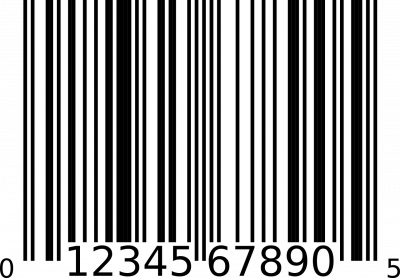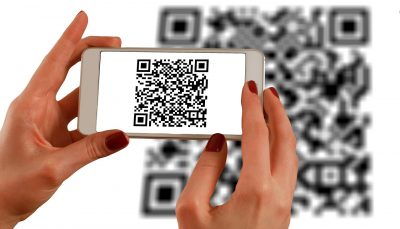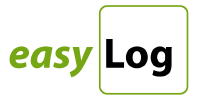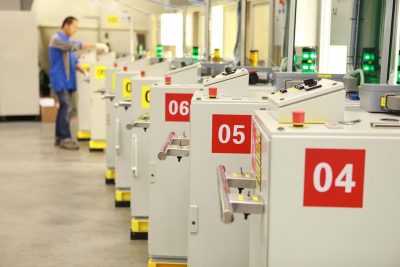

It’s thanks to supermarkets’ adoption of barcodes in the 1970s that we can record staff attendance with QR codes today
It’s hard to remember a time when barcodes weren’t absolutely everywhere – first they appeared on our groceries, then spread to books, membership cards, parcels, concert tickets and even runners’ bibs. But the barcode that we know today dates back just 50 years – to 3 April 1973.
That was when the US grocery industry adopted the first universal product code (UPC), a linear barcode developed by IBM based on an earlier concept by Norman Joseph Woodland, inspired by Morse Code. Designed to reduce costs and make stock taking easier, linear barcodes and the scanners needed to read them were gradually introduced to supermarkets in the 1970s.
From barcodes to QR codes – and recording staff attendance
QR, or quick response, codes followed soon after in 1994, invented by Japanese firm Denso Wave for tracking car parts. Their easy readability – particularly with the advent of smartphones – and greater data storage capacity meant they were quickly put to a growing range of uses, from product tracking and staff management to marketing.
easyLog’s QR code apps tap into this flexibility to create a range of low-cost and versatile management tools.
Our QR employee clocking apps, for example, use free-to-download QR codes and workers’ own smartphones or company tablets to provide simple but dependable attendance recording systems for businesses of any type and size.
We also have QR code apps that are used to time jobs on factory production lines, monitor site visits and night checks – for example in the construction, security and care industries – and even record the location of a dog sitter’s charges. In fact, we have found QR codes provide an affordable solution for almost any task where attendance at a given location needs to be recorded quickly and easily, along with any other information needed to identify, analyse and report on the work undertaken.
Find out more about our QR code apps
For more information speak to one of our team on 01892 834406 or request a callback.
Coincidentally, 3 April 1973 was not just a historic date for barcodes – it was also the day Motorola demonstrated the first handheld mobile phone.

